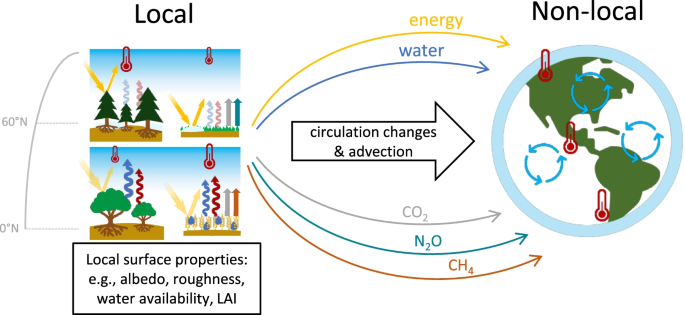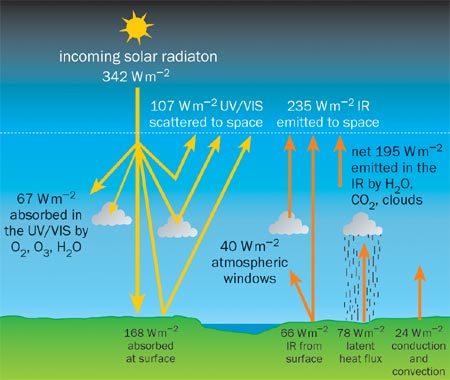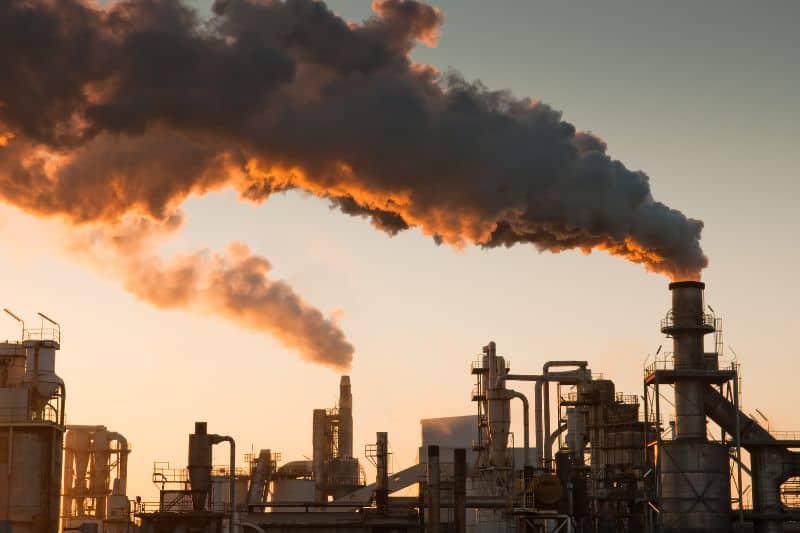Introduction
When we think about global warming and its causes, images of smokestacks belching out carbon dioxide or gasoline-fueled cars may come to mind. However, there’s another factor at play that often goes unnoticed but is equally impactful: land use changes. The way we use and modify our land can have profound effects on the Earth’s climate system. In this blog post, we will explore the intricate relationship between land use changes and global warming, shedding light on their often underestimated significance.
The Land Use-Climate Connection
Land use changes refer to alterations in the way we use land for various purposes, including agriculture, forestry, urbanization, and infrastructure development. These changes can be broadly categorized into two types: land conversion and land management practices. Let’s take a closer look at how each of these contributes to global warming.
- Land Conversion
Deforestation: One of the most prominent forms of land conversion is deforestation. Forests act as carbon sinks, absorbing vast amounts of carbon dioxide (CO2) from the atmosphere and storing it in trees and soil. When forests are cleared for agriculture, logging, or urban expansion, the stored carbon is released into the atmosphere as CO2. This deforestation-driven carbon release contributes significantly to global warming.
Urbanization: The rapid growth of urban areas is another form of land conversion that impacts climate. As cities expand, natural landscapes like grasslands and wetlands are replaced by impermeable surfaces like concrete and asphalt. These surfaces absorb heat and lead to the urban heat island effect, raising local temperatures. Additionally, the increased energy demand associated with urban living results in higher greenhouse gas emissions.
Agricultural Expansion: To meet the demands of a growing global population, more land is converted into agricultural fields. This often involves clearing forests or draining wetlands. Agriculture itself is a significant contributor to global warming due to methane emissions from livestock, nitrous oxide emissions from fertilizers, and land-use-related CO2 emissions.
- Land Management Practices
Even when land is not converted, the way it is managed can impact climate change. Some of the key land management practices include:
Tillage and Soil Erosion: Conventional farming practices like intensive tillage can lead to soil erosion, which not only degrades soil quality but also releases carbon into the atmosphere. When soil is disturbed, organic matter decomposes more rapidly, releasing CO2.
Wetland Drainage: The drainage of wetlands for agriculture or development reduces their ability to store carbon. Wetlands are valuable carbon sinks, and their destruction leads to the release of stored carbon.
Rangeland Management: Improper management of rangelands can lead to overgrazing and soil degradation, which in turn release stored carbon and reduce the land’s ability to sequester more carbon.
The Global Impact
The consequences of these land use changes on global warming are not confined to local or regional scales. They have far-reaching impacts on the Earth’s climate system:
- Carbon Emissions: Land use changes, especially deforestation and urbanization, contribute significantly to carbon emissions. The released CO2 adds to the concentration of greenhouse gases in the atmosphere, trapping more heat and driving global warming.
- Altered Climate Patterns: Land use changes can disrupt local and regional climate patterns. For example, deforestation can lead to changes in precipitation patterns, and urban heat islands can exacerbate heatwaves. These alterations in climate can have cascading effects on ecosystems and human societies.
- Feedback Loops: Land use changes can create feedback loops that amplify global warming. For instance, as the Arctic warms, permafrost thaws, releasing methane—a potent greenhouse gas. This, in turn, accelerates global warming, leading to more permafrost thaw and more methane release.
- Biodiversity Loss: Land use changes often result in habitat destruction and fragmentation, which threatens biodiversity. A loss of biodiversity can disrupt ecosystems and reduce their ability to sequester carbon, further contributing to global warming.
Mitigating the Impact
While land use changes are significant contributors to global warming, they also offer opportunities for mitigation:
- Reforestation and Afforestation: Planting trees and restoring forests can help offset the carbon emissions from deforestation. Initiatives like reforestation and afforestation programs can be effective strategies in mitigating climate change.
- Sustainable Land Management: Implementing sustainable land management practices in agriculture and forestry can reduce emissions and enhance carbon sequestration.
- Urban Planning: Designing cities with sustainability in mind, incorporating green spaces, public transportation, and energy-efficient buildings, can mitigate the urban heat island effect and reduce greenhouse gas emissions from urban areas.
- Wetland Conservation: Protecting and restoring wetlands can preserve their ability to sequester carbon and provide crucial habitat for wildlife.
Conclusion
The impact of land use changes on global warming is undeniable. As we continue to modify the Earth’s landscape for various purposes, it is imperative that we recognize the consequences of our actions and take steps to mitigate them. From reforestation efforts to sustainable land management practices, there are ways we can address the challenges posed by land use changes and work towards a more sustainable future. Understanding this intricate relationship between land use and climate change is a crucial step in the fight against global warming.





